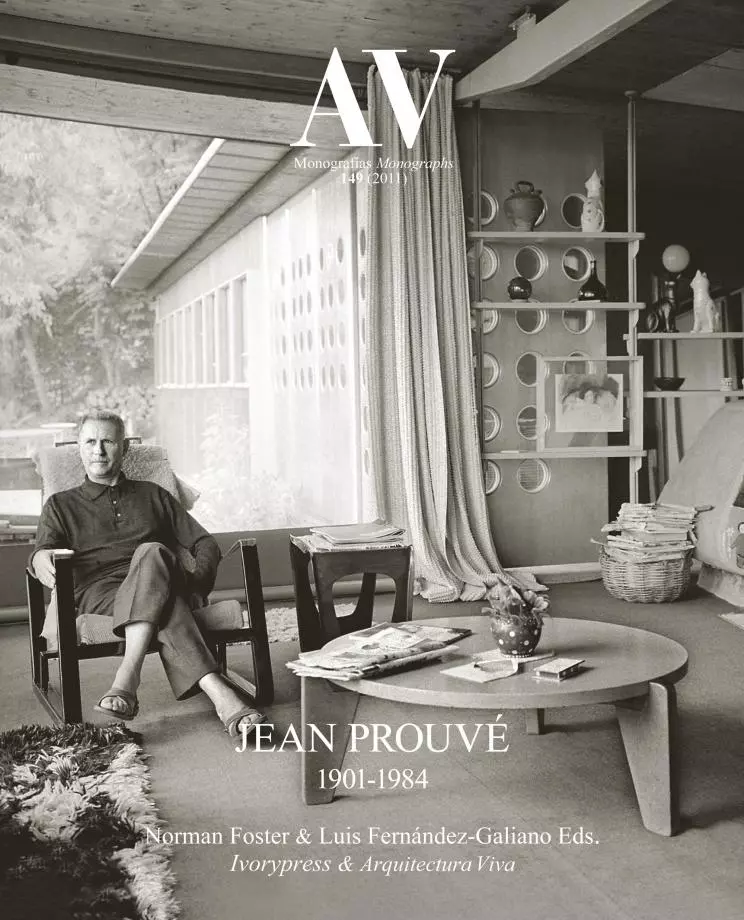Shaping Years: from the Workshop to the Factory

Jean Prouvé was not the first to construct buildings entirely of metal (he was preceded by Eiffel, Gropius/Hirsch, Fillod…); but he was perhaps one of the first (with Hausermann) to produce movable sheet metal partitioning, and one of the first (with Buckminster Fuller) to create sanitary units entirely manufactured in the factory. He certainly used the materials and machines of his time to create new products for his time; a well-known example is the first curtain wall made entirely of sheet metal, for the Maison du Peuple at Clichy. But while the best architects, such as Ludwig Mies van der Rohe, used semi-finished products (pressed steel, flat sheeting…) in their architecture, Jean Prouvé worked the semi-finished products himself, and was thus able to economise on metal and create plastic forms of a kind until then unknown to architecture. He was able to do this not only because he was thoroughly acquainted with metal and the skills required to work it, but because, unlike most engineers and industrialists, he was not frightened of new forms. For these reasons he was able to design and build furniture, such as the early chairs and the armchair for the Cité Universitaire in Nancy, of a different quality from that being made by other avant-garde designers of the period (Chareau, Breuer, Stam…). “A piece of furniture is not created on a drawing board”, Prouvé told us. “I believe you have to build a preliminary version the moment you think of it, test it out, make corrections, get opinions on it, and only then, if it is worthwhile, do you settle all the details in very precise drawings”... [+]





